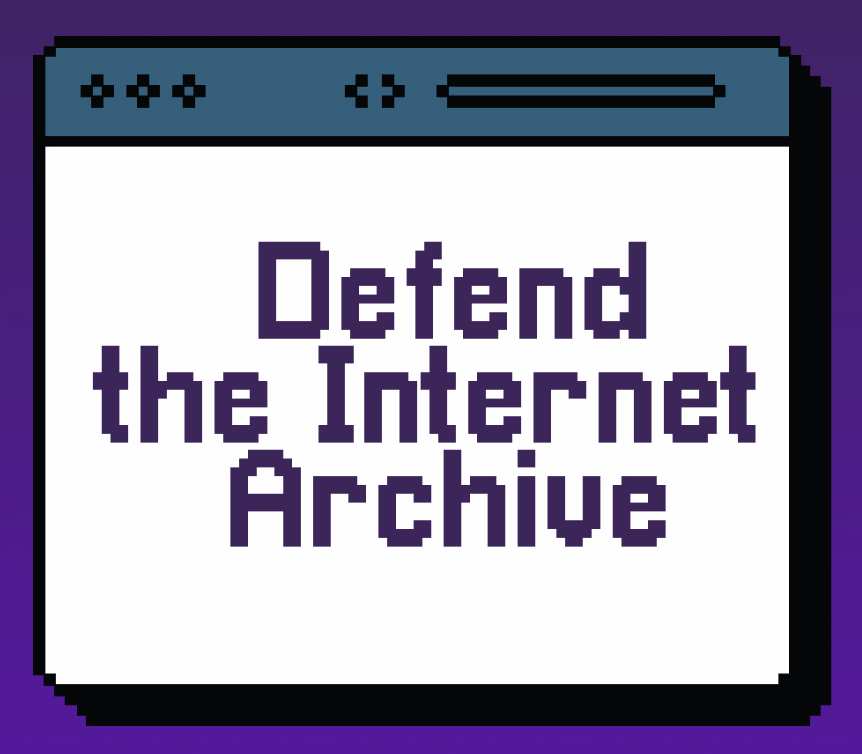

the one where Fry and Bender join the army for gum and get sent to fight balls
The Elders tell of a young ball much like you. She bounced three meters in the air. Then she bounced 1.8 meters in the air. Then she bounced four meters in the air. Do I make myself clear?





I wanted this to be false but I see that there is currently a minimum renunciation fee of $2,350. I assume there are likely other consulate fees that may bring it closer to $2,500 at the very least. What a scam.
Edit: typo